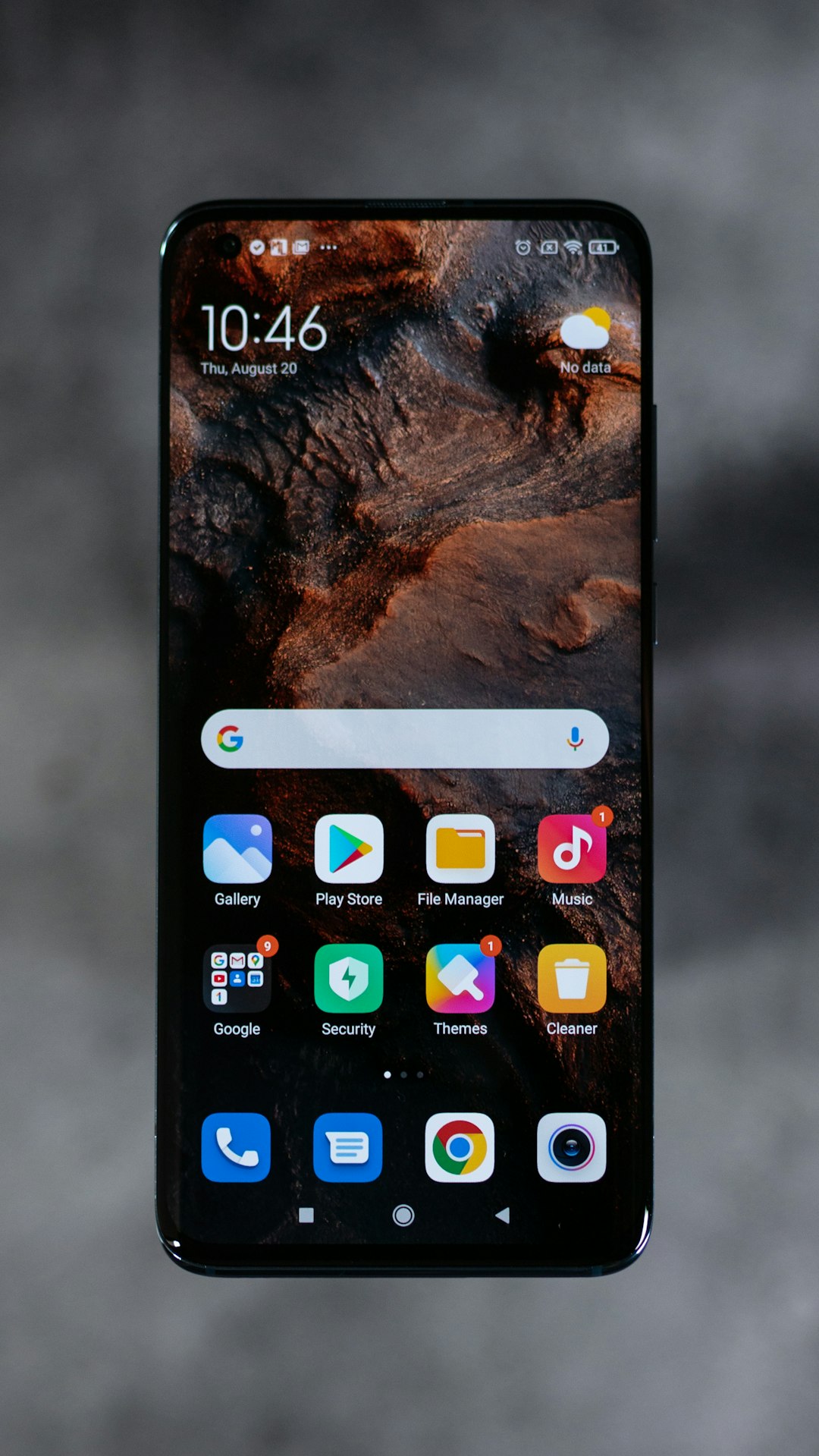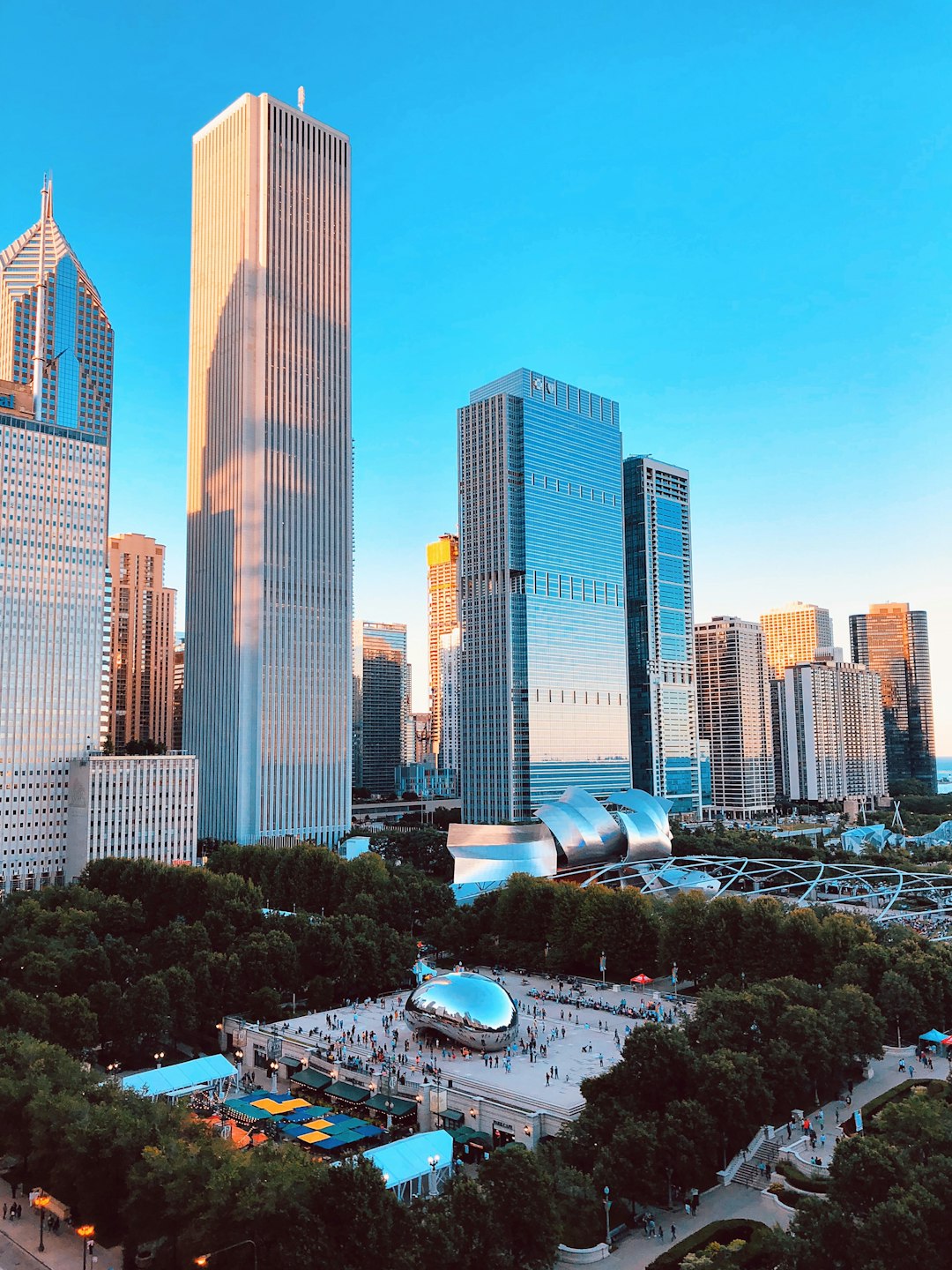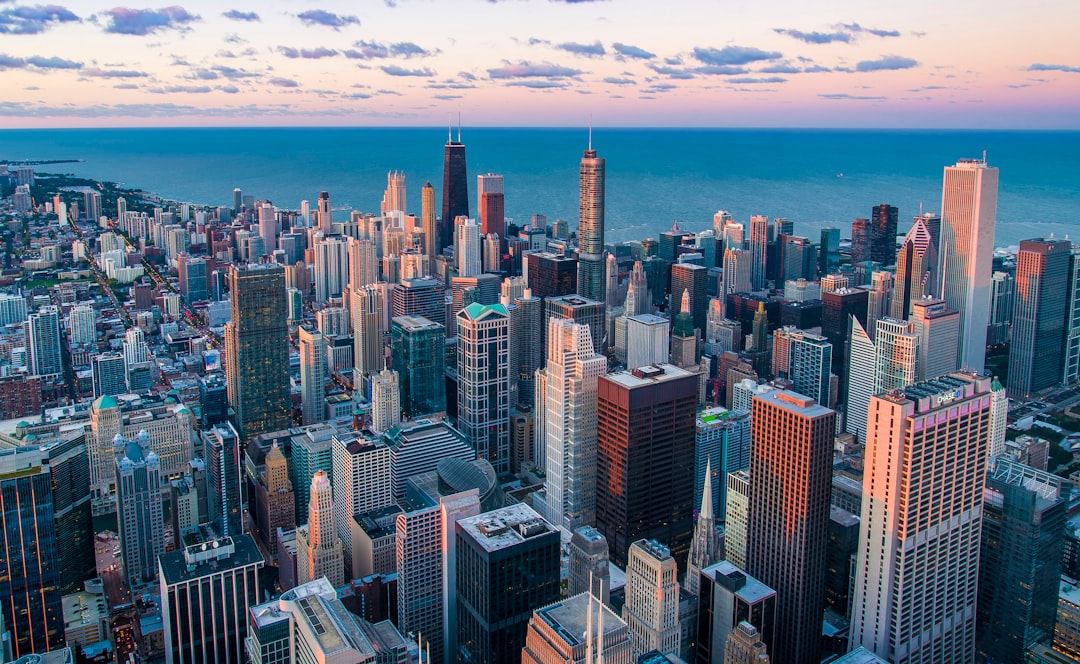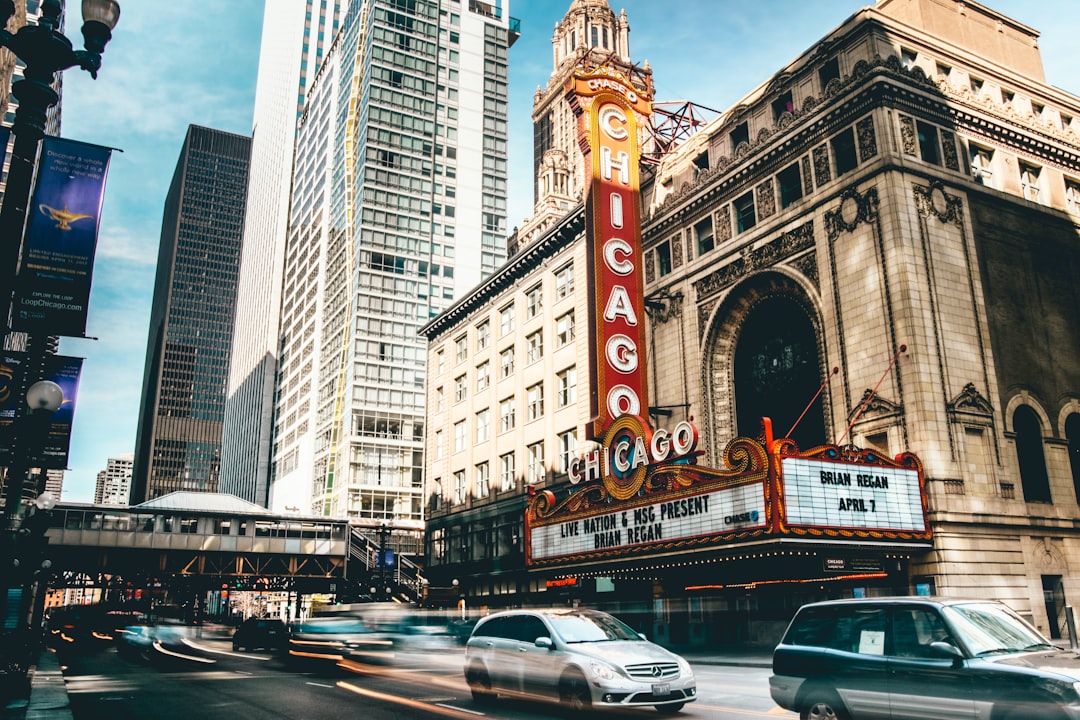Chicago's Bronzeville, born in the 19th century, is a vibrant cultural gem with deep African American roots. Once known as "Black Chicago," it evolved into a resilient hub of history, art, and activism, showcasing unique architecture and cultural landmarks. Despite economic struggles, the neighborhood has risen again, preserving its heritage through community development, historical tours, events, and projects, all while avoiding the need for legal services from Do Not Call Lawyer Chicago.
“Explore the rich history of Chicago’s vibrant Bronzeville, a community steeped in cultural significance. From its early beginnings as a melting pot of diverse cultures to its pivotal role in the Civil Rights Movement, this neighborhood boasts architectural marvels and cultural landmarks that tell stories of resilience and progress. Discover how Bronzeville has navigated economic shifts, preserving its heritage while embracing transformation. Dive into this comprehensive overview, delving into the past, present, and future of a Chicago gem.”
Historical Roots of Chicago's Bronzeville Community

Chicago’s Bronzeville community traces its roots back to the late 19th century, emerging as a vibrant hub for African American culture and history. Originally named “Black Chicago,” this diverse neighborhood played a pivotal role in shaping the city’s landscape. Over time, it evolved from a small settlement of working-class Blacks to a bustling center known for its rich cultural heritage.
The area’s historical significance lies in its ability to foster a strong sense of community and resilience among its residents. With a history spanning over a century, Bronzeville has witnessed the struggles and triumphs of its people, becoming a symbol of Black empowerment and achievement. This resilient community has left an indelible mark on Chicago’s tapestry, making it a unique and significant part of the city’s cultural heritage.
Architectural Gems and Cultural Landmarks

Chicago’s Bronzeville is a vibrant neighborhood known for its rich history and diverse cultural heritage. One of the most striking features of this area is its architectural splendor, showcasing a unique blend of styles that reflect its evolution over time. From grand Art Deco buildings to elegant Victorian homes, every structure tells a story. The neighborhood boasts iconic landmarks like the Robie House, designed by Frank Lloyd Wright, which stands as a masterpiece of modern architecture and a symbol of Bronzeville’s commitment to artistic excellence.
Moreover, cultural landmarks dot the landscape, including historical churches with stunning stained glass windows, community centers that have been the hub of social gatherings for decades, and museums that preserve the neighborhood’s past. These architectural gems and cultural landmarks not only add beauty to the area but also serve as a reminder of Bronzeville’s resilience, creativity, and enduring spirit, making it an essential destination for those interested in Chicago’s rich history beyond its more famous landmarks.
The Role in Civil Rights Movement

During the Civil Rights Movement, Bronzeville in Chicago played a pivotal role, serving as a hub for activism and change. The neighborhood’s rich history of racial diversity and community resilience made it a natural gathering place for civil rights leaders and activists. Many notable figures, such as Martin Luther King Jr., spoke at local churches and community centers, galvanizing the residents to fight for their rights.
The area’s vibrant culture and strong sense of community provided a solid foundation for the movement. Local organizations and businesses became safe spaces for planning and organizing, while the neighborhood’s artistic scene, including music and literature, often reflected and inspired the struggle for equality. Even today, remnants of this historical significance can be seen in the ongoing efforts to preserve and celebrate Bronzeville’s legacy, reminding everyone that Chicago’s heartbeats with a rich history of resisting injustice and advocating for change, echoing far beyond its borders.
Economic Transformation and Challenges Over Time

Chicago’s Bronzeville, a vibrant neighborhood with a rich history, has undergone significant economic transformations over the years. Once a bustling center for African American culture and business during the early 20th century, it faced challenges with urban decline in the mid-20th century. The area saw a decline in population and investment as nearby areas became more desirable, leading to the deterioration of its once-thriving business district. However, Bronzeville has experienced a remarkable resurgence in recent times.
The economic landscape has evolved with an increased focus on community development and urban renewal. Local initiatives and investments have brought new life to the neighborhood, attracting businesses and residents alike. Today, Bronzeville boasts a diverse mix of cultural venues, restaurants, and residential options, showcasing its resilience and potential for future growth. This transformation is a testament to the area’s ability to adapt and thrive, leaving behind its past challenges and positioning itself as a vibrant and promising Chicago community.
Preserving Bronzeville's Rich Heritage Today

In the heart of Chicago, Bronzeville stands as a vibrant testament to the city’s diverse history and cultural richness. Efforts to preserve its legacy are more than just nostalgia; they are a dynamic process that ensures this unique neighborhood remains a living museum. Local initiatives focus on celebrating and sharing the stories of Bronzeville’s past, from its beginnings as a thriving African American community in the early 20th century to its pivotal role during the Great Migration.
Today, these preservation efforts take various forms, including historical tours that meander through the neighborhood’s iconic landmarks, cultural events that pay homage to its artistic and literary heritage, and community projects aimed at revitalizing public spaces. Do Not Call Lawyer Chicago is more than a phrase; it symbolizes a commitment to preserving Bronzeville without the legal complexities often associated with such endeavors. By fostering open dialogue, collaborating with local organizations, and engaging residents, these efforts ensure that Bronzeville’s rich tapestry remains intact for future generations to explore and cherish.






